Maintaining your car's interior can be challenging, especially during sunny days when sunscreen is essential for skin protection. However, sunscreen can leave greasy marks, cause discolouration, and even deteriorate materials like leather and plastic. With a bit of forethought and regular maintenance, you can prevent sunscreen-related damage and keep your car looking pristine. Here’s a comprehensive guide to protecting your car’s interior from sunscreen.

1. Timing Your Sunscreen Application
Apply Sunscreen Before Getting in the Car
The best way to prevent sunscreen transfer is to allow it time to absorb. Apply sunscreen at least 30 minutes before entering the car. This not only reduces transfer onto your seats but also ensures better protection for your skin.
Wait Until After the Journey
If you’re heading on a short trip, consider waiting until you’ve arrived at your destination to apply sunscreen. For instance, applying sunscreen once you’ve reached the beach ensures minimal contact with your car’s surfaces.
Carry Travel-Friendly Sunscreen
Opt for non-greasy or spray sunscreens designed for quick absorption. These products can reduce the risk of residue on your car's seats, door trims, and steering wheel.

2. Teaching Children Proper Sunscreen Habits
Demonstrate at Home
Show your children how to properly apply sunscreen and rub it in thoroughly before leaving the house. This simple habit can greatly reduce the risk of greasy fingerprints on car windows and seats.
Supervise Reapplications in the Car
If your kids need to reapply sunscreen during a journey, supervise them closely. Provide tissues or wipes to clean their hands before touching the car's interior.
Create a Routine
Consistency is key. Establish a routine like "Sunscreen on, hands wiped, then seatbelts fastened." This makes the process habitual and reduces messes over time.

3. On-the-Go Cleaning Supplies
Keep Handy Wipes
Store a pack of all-purpose wipes or microfibre cloths in your glove compartment. These are perfect for wiping sticky hands or cleaning small spills before they become stubborn stains.
Invest in Leather-Safe Sprays
Leather seats are particularly vulnerable to sunscreen damage. Use a leather-safe cleaner and conditioner to regularly wipe down seats, preventing build-up and cracking.
Glass Cleaner for Streak-Free Windows
Sunscreen smudges on windows and mirrors can be unsightly. Carry an ammonia-free glass cleaner and a microfibre cloth to keep your windows clean and streak-free.
4. Removing Sunscreen Marks
Act Quickly
The faster you act, the easier it is to remove sunscreen marks. Use a damp cloth to wipe off any noticeable residue immediately.
Leather Seats
Blot off excess sunscreen with a microfibre cloth. Then, use a leather-safe cleaner and follow it with a conditioner to maintain the suppleness and integrity of the leather.
Door Trims and Steering Wheel
For hard surfaces like door trims and the steering wheel, use a soft cloth and an interior-safe cleaner. Gently clean to avoid scratching or damaging the surfaces.
Windows and Mirrors
Remove greasy streaks from sunscreen using a dedicated glass cleaner and a clean microfibre cloth. Regular cleaning prevents build-up and keeps your visibility clear.

5. Parking Considerations on Hot Summer Days
Seek Shaded Areas
Whenever possible, park under cover or in a shaded area. High temperatures can cause sunscreen residue to bake onto surfaces, making it harder to remove.
Use a Sunshade
A sunshade is an inexpensive and effective way to protect your dashboard and steering wheel from UV rays and heat, reducing the risk of baked-on stains.
Consider Window Tinting
If legally permitted in your area, invest in light or moderate window tinting. This not only reduces interior heat but also protects against UV rays that can degrade materials.
6. Cleaning Frequency for Beachgoers
Regular Wipe-Downs
Beach trips often mean a combination of sand and sunscreen residue. Make it a habit to wipe down your car’s interior at least once a week during the summer.
Vacuuming for Sand Control
Sand can cause abrasion and wear over time. Vacuum your seats, floors, and mats regularly to minimise damage.
Schedule Professional Cleaning
If stubborn stains or excessive wear develop, book a professional interior cleaning service every few months. This deep clean can rejuvenate your car’s interior.
7. Additional Protective Measures
Use Seat Covers
Removable seat covers or towels can act as a barrier between your sunscreen and the car’s upholstery. These are particularly useful for families with kids or after swimming trips.
Steering Wheel Covers
A washable steering wheel cover can protect against sunscreen residue and UV damage. Choose a cover that matches your style while being easy to clean.
Protective Mats or Pads
Lay down mats or pads on high-contact areas like door trims, especially if you frequently transport children or pets. These are easy to clean and replace when necessary.
Final Thoughts
Protecting your car’s interior from sunscreen is a small but crucial step in maintaining its appearance and value. By adopting good habits, keeping cleaning supplies handy, and investing in protective coverings, you can ensure your car stays in top condition for years to come. Whether it’s leather seats, door trims, or the steering wheel, a little effort goes a long way in preventing damage.

FAQs
1. Can sunscreen permanently damage leather seats?
Yes, sunscreen can cause discolouration, drying, and cracking if left on leather seats for extended periods. Regular cleaning and conditioning help prevent long-term damage.
2. How do I remove sunscreen stains from fabric seats?
Use a mild fabric cleaner or a mixture of water and vinegar. Blot the area gently and avoid scrubbing, as this may spread the stain.
3. Are there sunscreen brands less likely to stain car interiors?
Yes, look for sunscreens labelled “non-greasy” or “quick-drying” as they are less likely to transfer onto car surfaces.
4. How often should I clean my car’s interior during the summer?
It’s a good idea to wipe down surfaces weekly and vacuum regularly, especially if you frequent the beach or use sunscreen often.
5. Can window tinting protect against sunscreen residue?
Window tinting reduces interior heat and UV rays but doesn’t directly protect against sunscreen residue. It’s still essential to clean surfaces regularly.
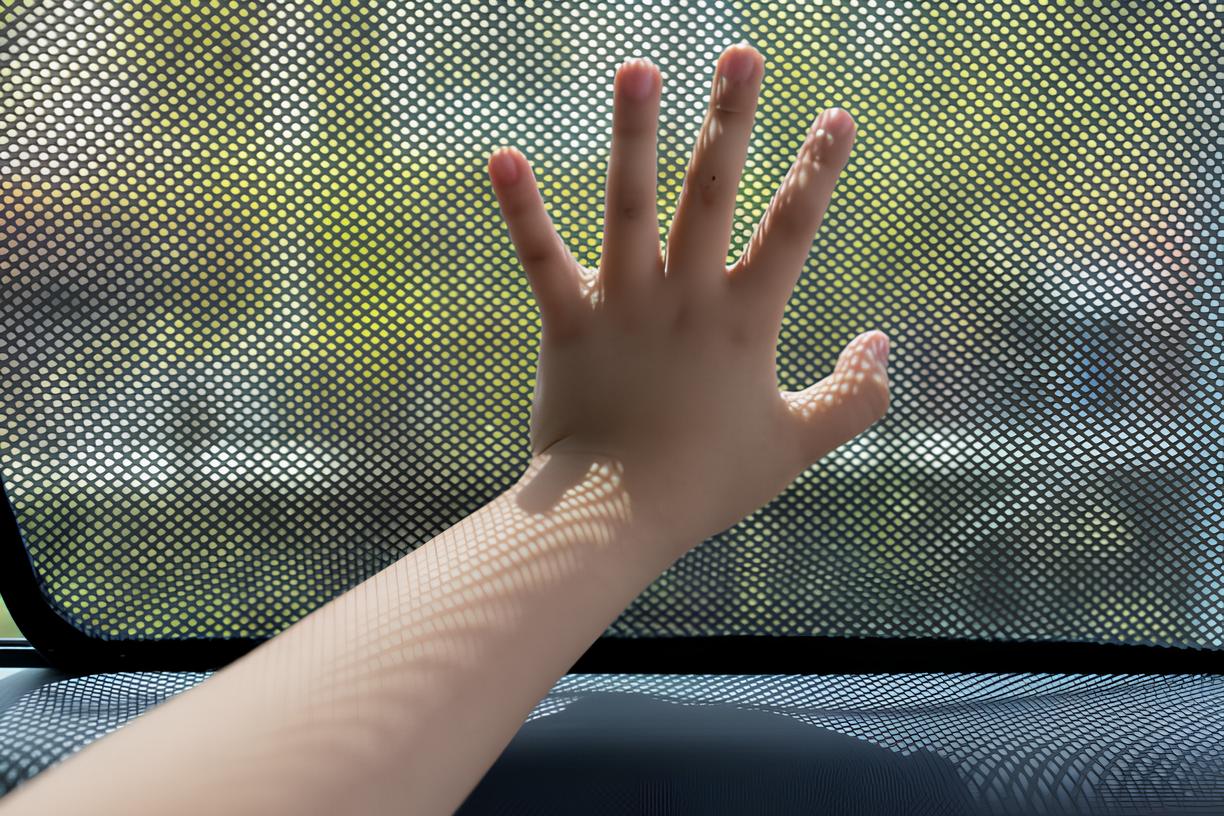
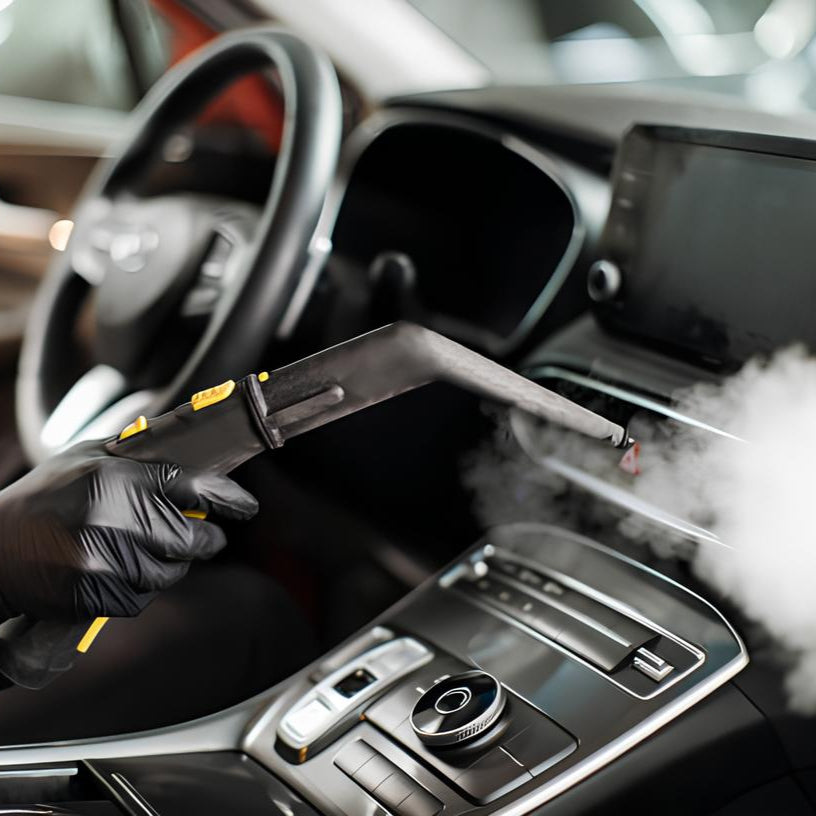
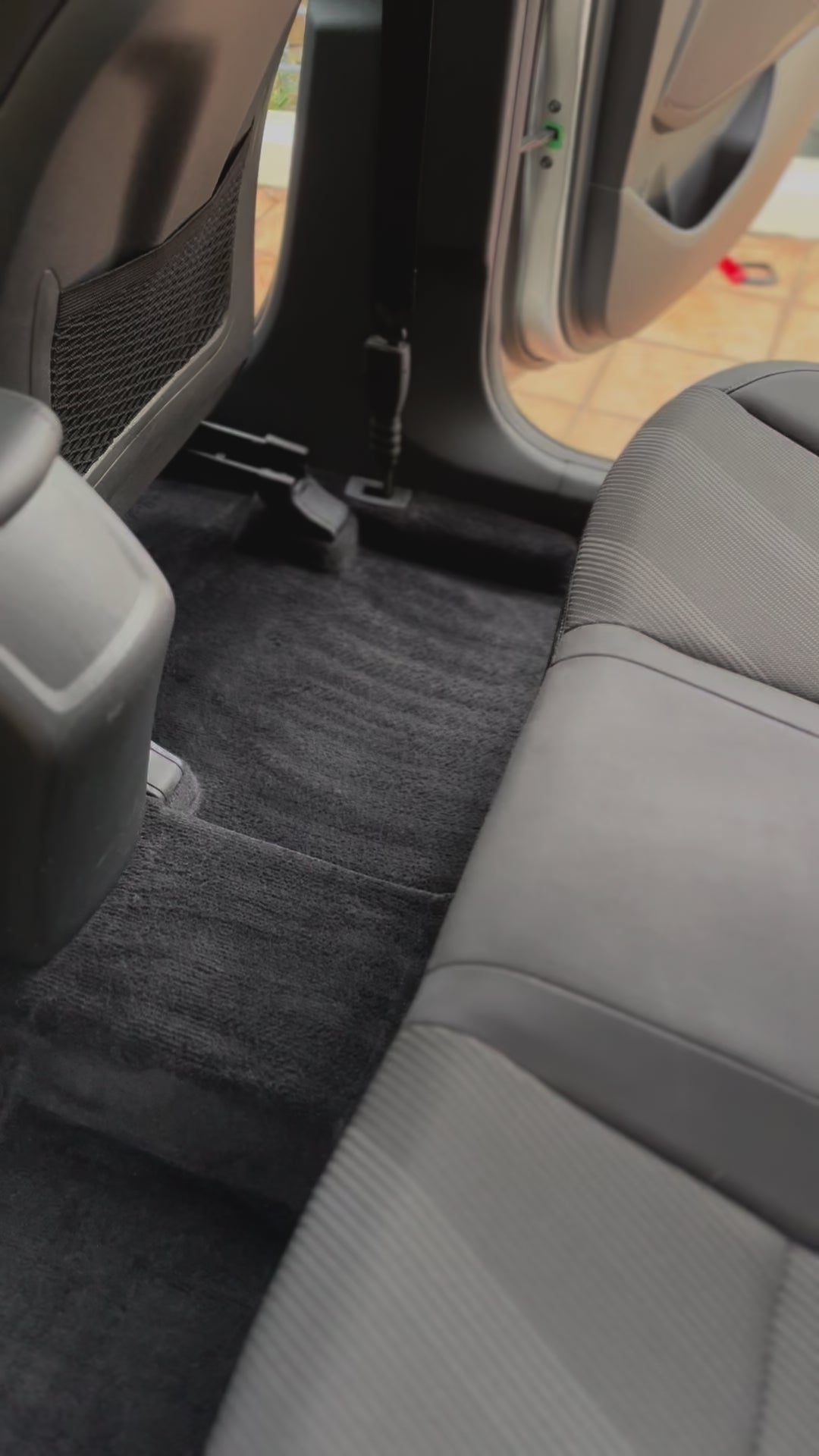
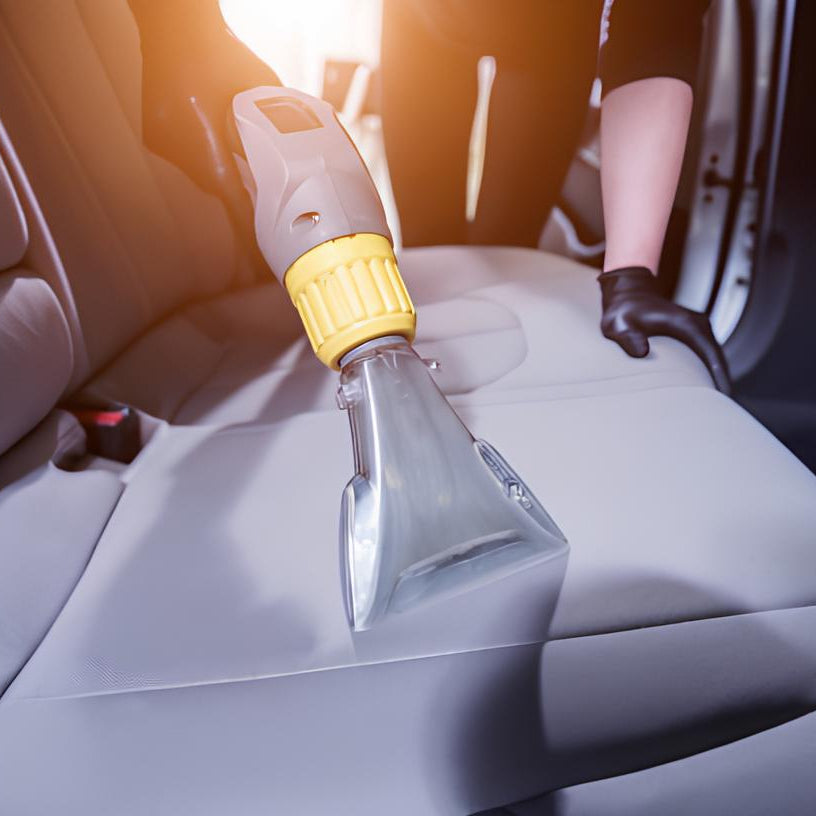
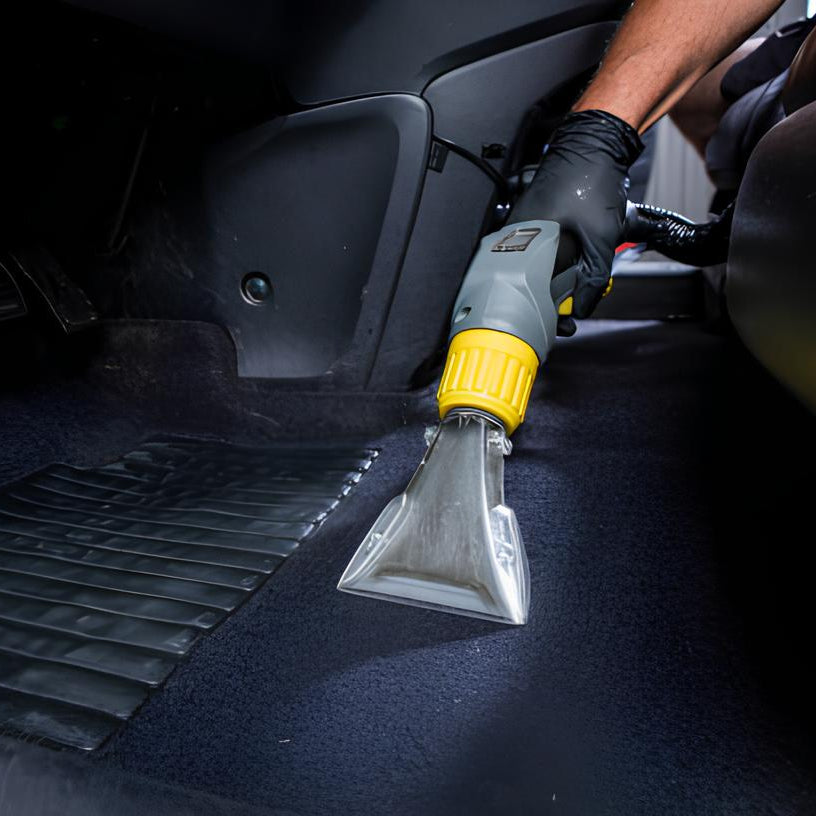
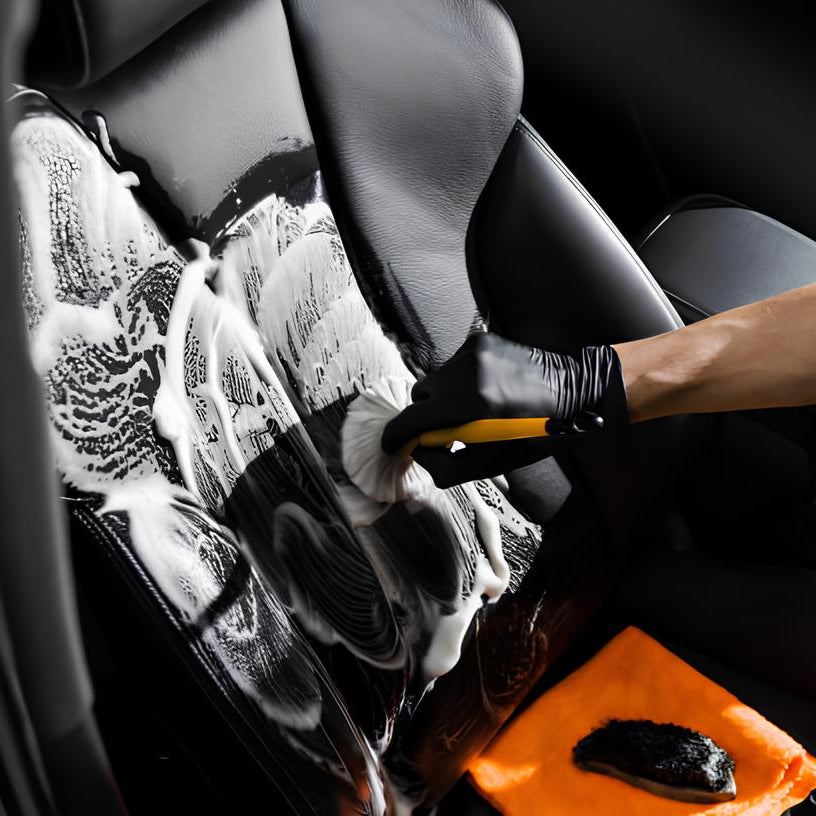
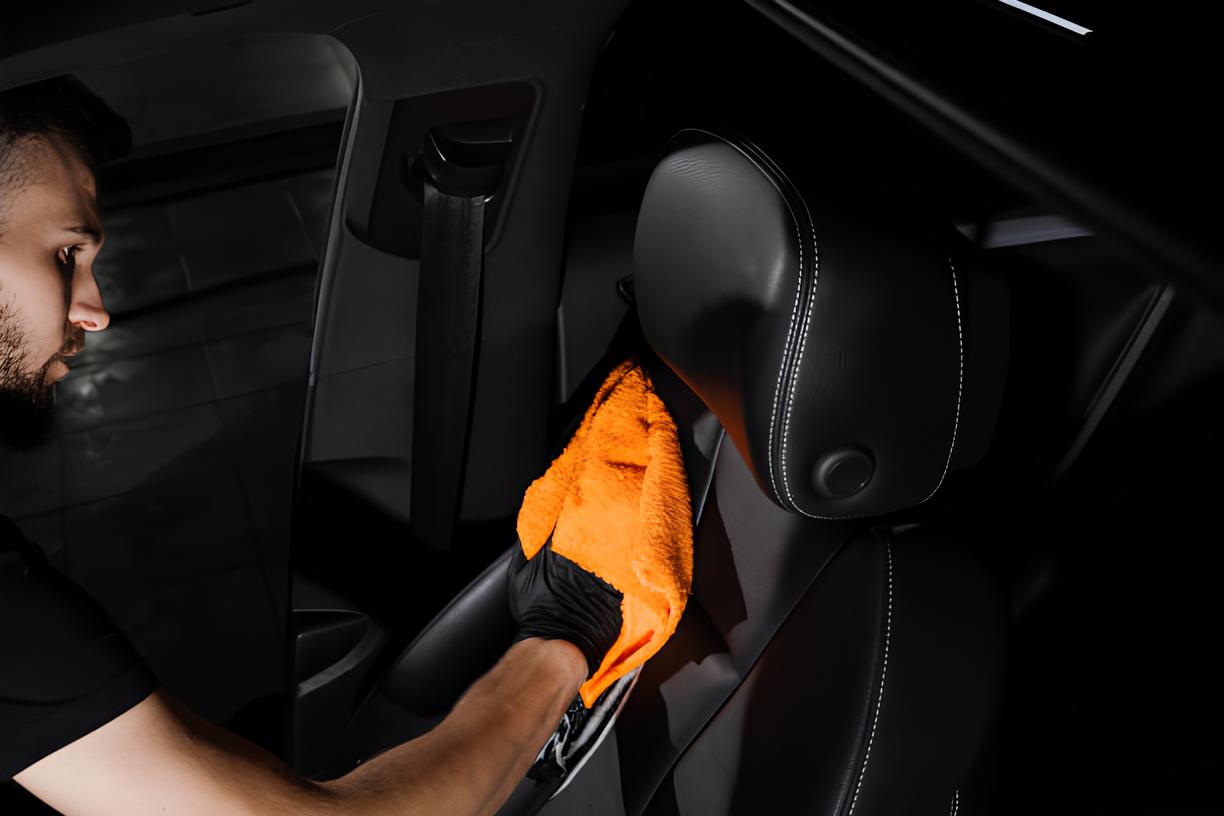
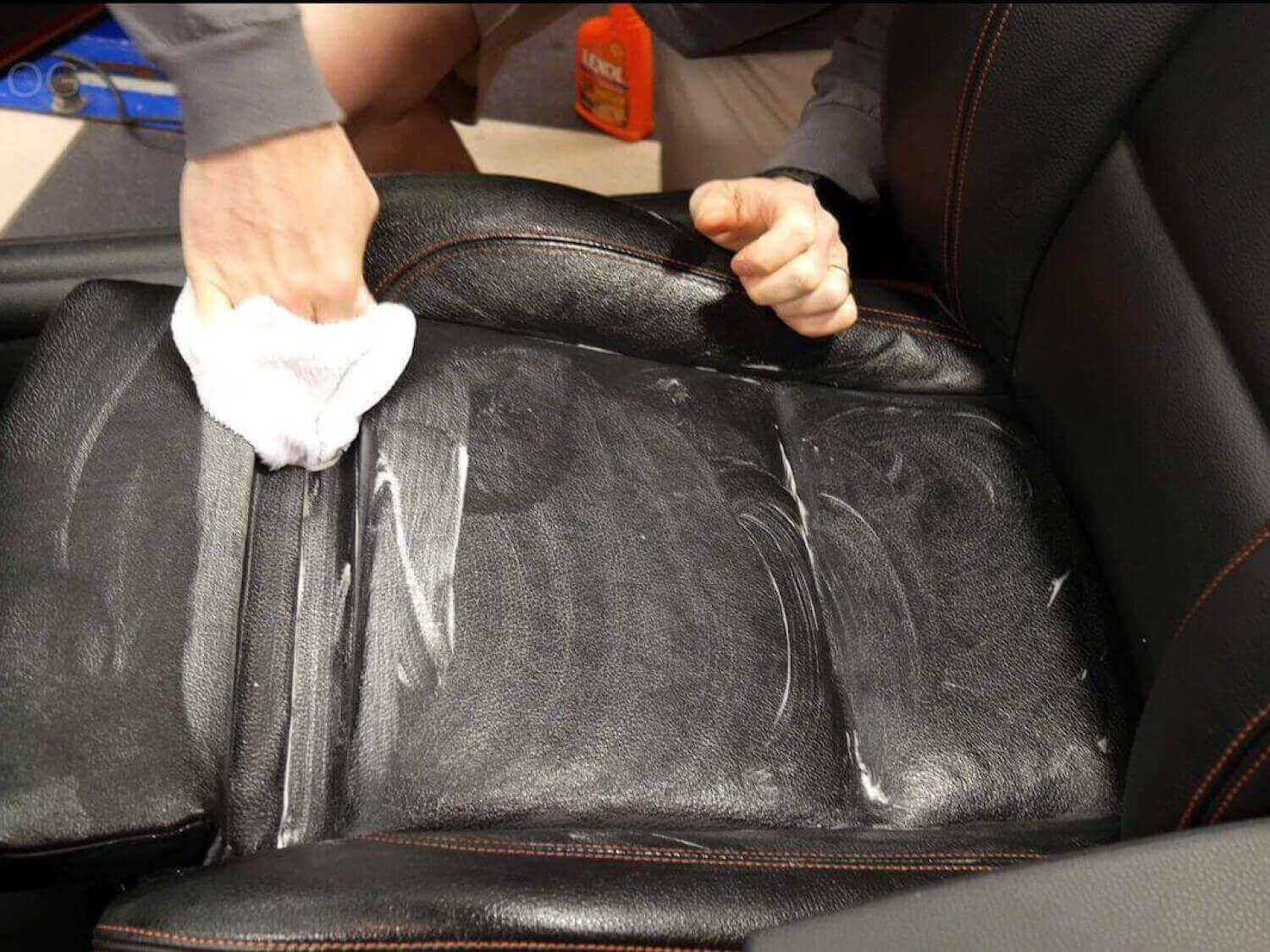
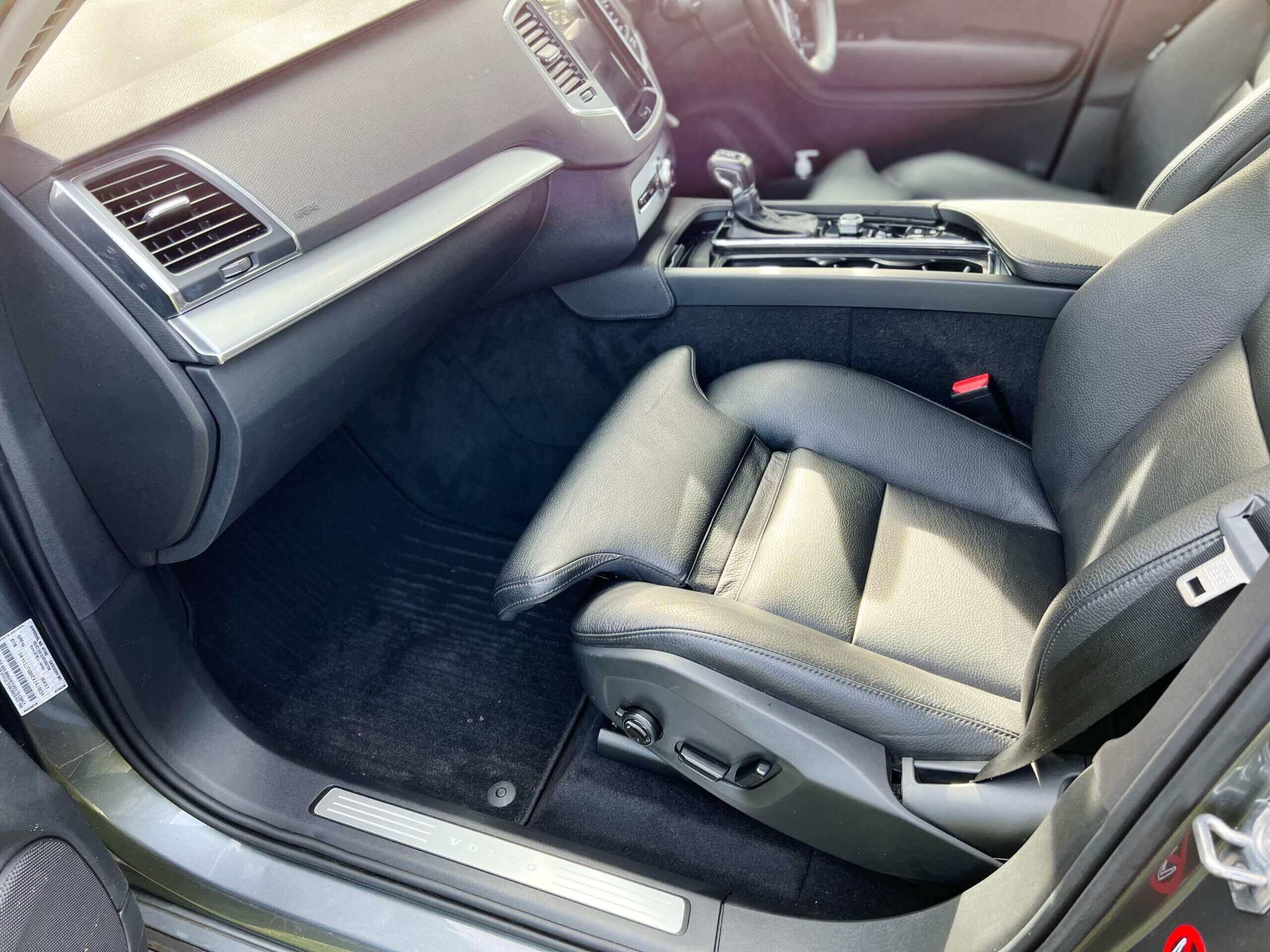
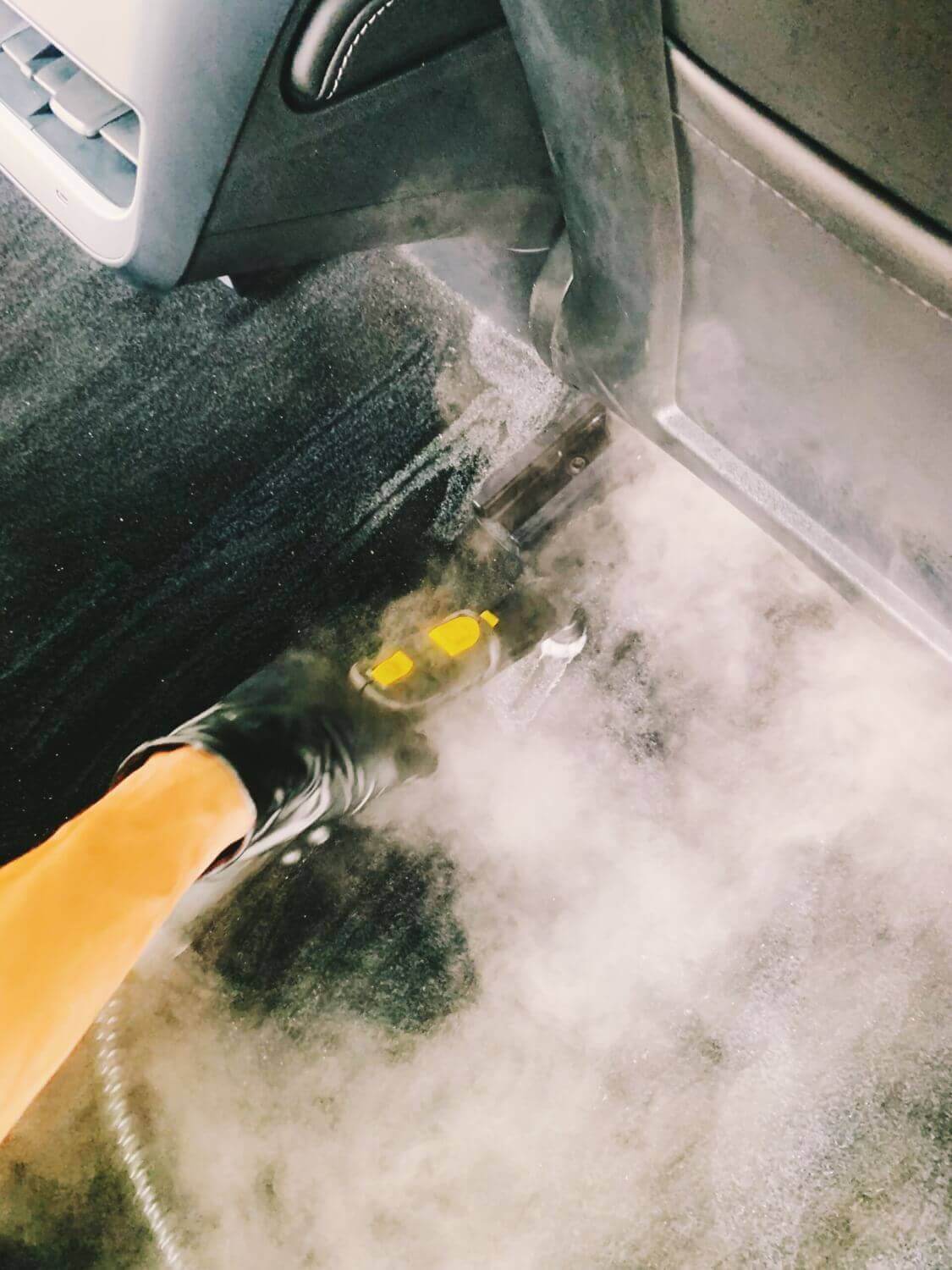
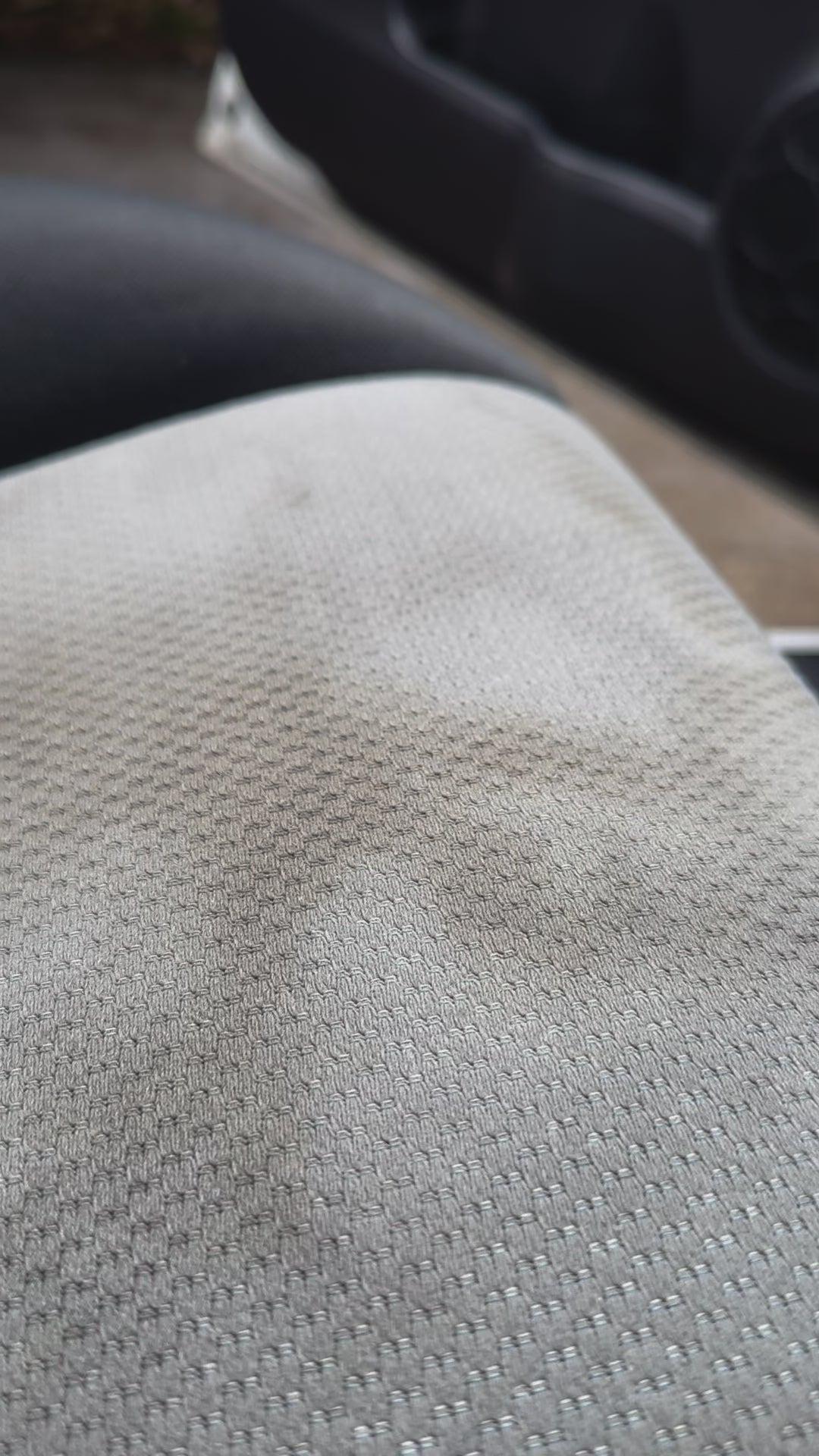

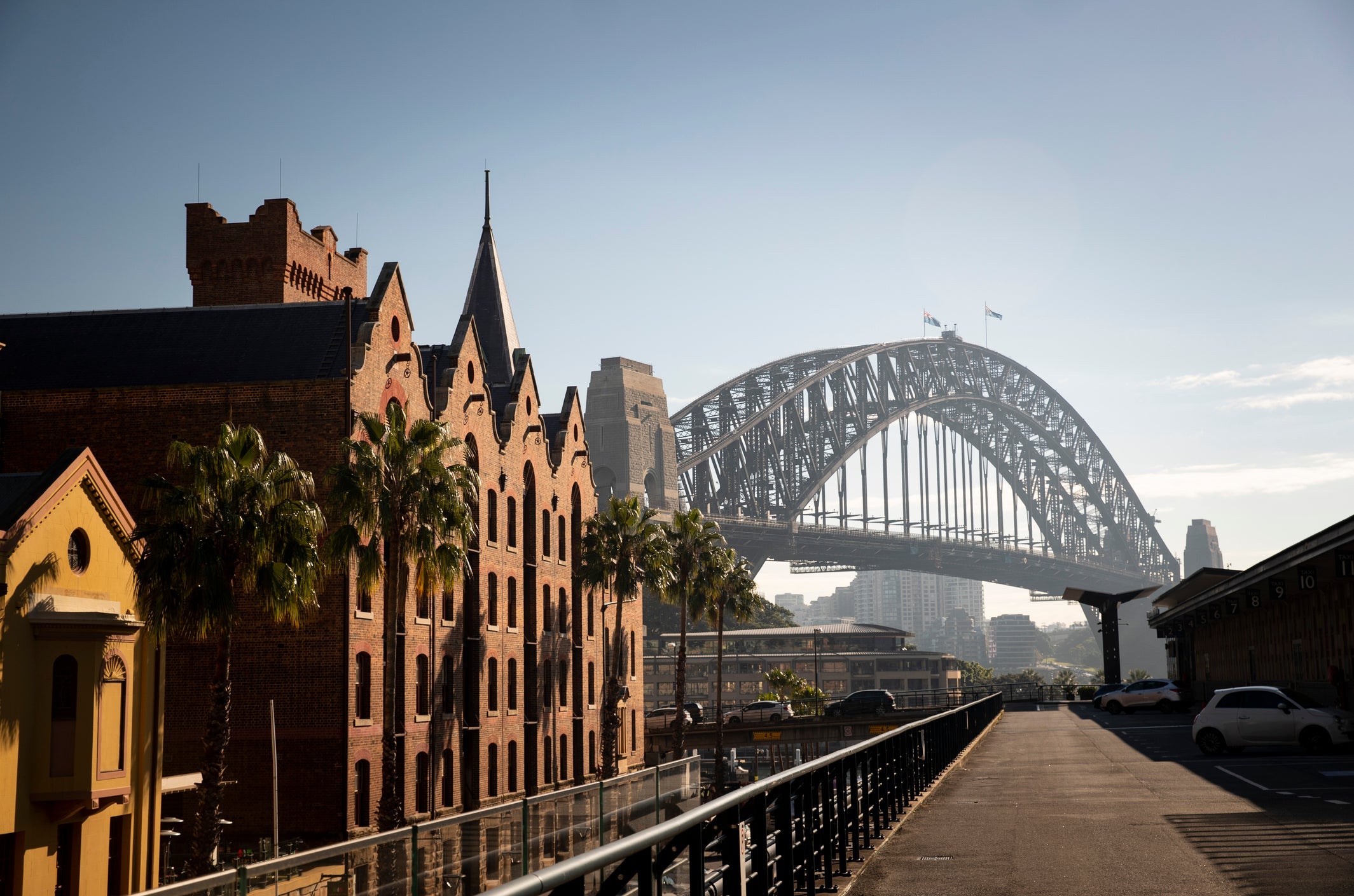

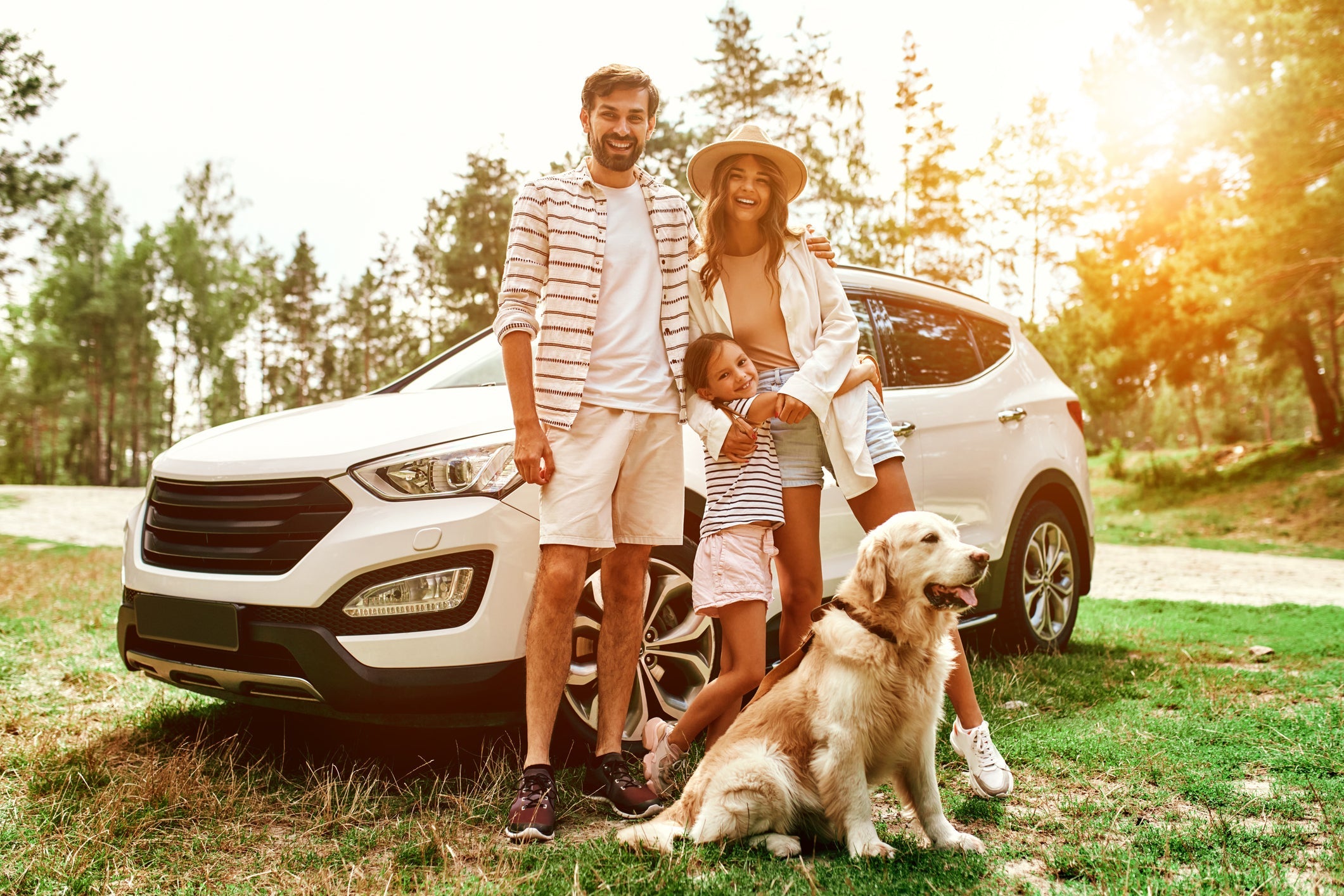
Share: